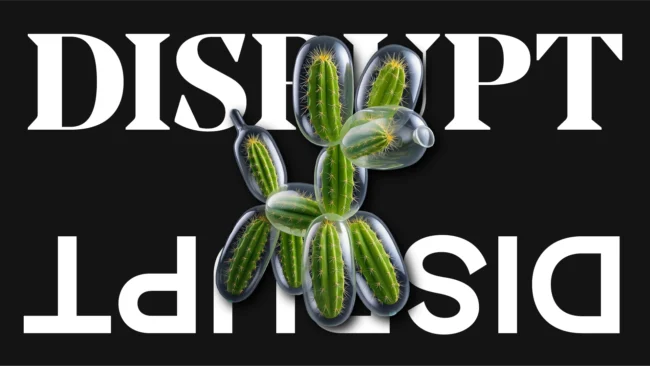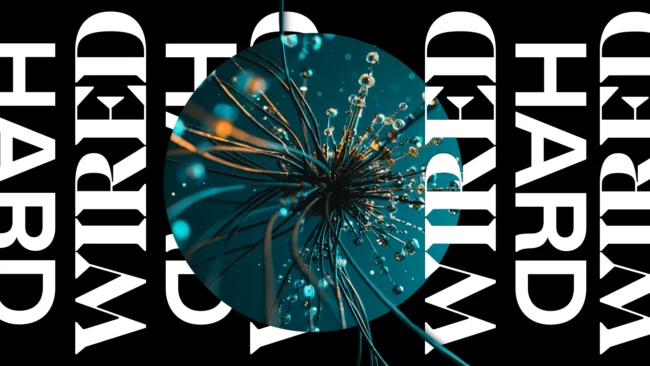
Living a more sustainable life is a key concern for many consumers who are looking to brands for help in turning aspirations into actions. This presents opportunities and challenges for brands in all sectors, who will have to create market-leading solutions that also enable behavioral change. By delivering against a purpose-driven ambition with transparency and consistency, brands create positive impact whilst earning consumers’ confidence. Design is a driver of change, sustainable behaviors and progress and as such it needs to be accessible to all.
Why it matters
Communicating about sustainability requires brands to build a new narrative based on a clear game plan.
Takeaways
- Brands and marketers’ creative choices have a big responsibility to reflect the world in its most authentic
way. - Brands are looking to harness the zeitgeist and participate in the circular economy in varied ways from
recycling textiles, fabrics and plastics. - As people are willing to pay a premium or to change behavior to reduce environmental impact, brands
should investigate options that provide win-win solutions to help in maintaining a healthy planet.
Living a more sustainable life is a key concern for many consumers, who are looking to brands for help in turning aspirations into actions. This presents opportunities and challenges for brands in all sectors, who will have to create market-leading solutions that also enable behavioral change. More and more people subscribe to the view that sustainability today embraces environmental, economic and social perspectives. Yet, try and google search the word ‘sustainability’ and you’ll find yourself immersed in a sea of green trees and leaves, in-hand grown sprouts and bucolic landscapes seemingly depicting the topic. As much as we believe a broader definition of sustainability is becoming popular, the mainstream conversation about it is still mainly associated with themes like recyclability, cutting CO2 emissions and environmental concerns.
Becoming part of the solution
Globally 77% of consumers want brands to be sustainable and over 70% would pay a premium of 35% on average, for brands that are sustainable and environmentally responsible, according to the IBM’s Institute for Business Value report.
As people’s ambitions have shifted from ‘do no harm’ to ‘must create positive impact’, brands that embrace their power and step up their game to create better futures for everyone will win. However, to navigate and embed all nuances of the multi-faceted topic of sustainability into their experiences, a simple, unifying approach able to guide brands’ efforts might come in handy.
For this reason, we propose following five principles that possess real cut-through and tangible application.
1. Walk the talk
IBM’s Institute for Business Value report’s analysis of global consumers shows that most people fall into one of two segments: value-driven consumers (41%), who are primarily concerned with getting their money’s worth and select brands based on price and convenience; and purpose-driven consumers (40%), who select brands based on how well they align with their personal values and who are willing to “walk the talk” when it comes to sustainability, changing their behavior, and even paying more for brands that get it right.
Across the world, brands are at different stages on their paths to purpose – some are defining it, others are looking to embed it into what they do through operational and structural decisions, and some are amplifying it through communications, initiatives and partnerships. Certainly, by delivering against a purpose-driven ambition with transparency and consistency, brands create positive impact whilst earning consumers’ confidence by demonstrating tangible commitment to their sustainability agenda.
2. Strive for un-stereotypical ideas
Undoubtably #BlackLivesMatter has accelerated the drive to confront Western colonial legacies and heightened consumers’ awareness of racist stereotypes. This has contributed to increase people’s interest in fair representation and in waging war against deep-rooted systemic issues such as unconscious biases, age and gender depiction, class stereotypes and cultural taboos.
This offers brands an opportunity to break established conventions and use their voice and presence to express a point of view and also to enable consumers across generations to take personal responsibility and actions towards creating the world we all want to live in.
Some great examples include: Bodyform’s Global V Taboo Tracker shifting the traditional industry narrative centered around woman intimate stereotypes; P&G’s educational resources here, aimed at talking about privilege and racism with kids; Relate’s “Let’s talk the joy of sex” confronting the taboo around later life’s intimacy head on or Hennessy’s campaign dismantling stereotypes around achievement with its campaign centered on the first Black chess grandmaster Maurice Ashley.
3. Portray diversity
Members of social, cultural and ethnic minority groups under-index against their share of the general population across business leadership and entertainment lead roles (source: Stylus). The moral and commercial imperative to create equal and equitable opportunities in all aspects of our culture is undeniable.
Brands and marketers’ creative choices have a big responsibility to reflect the world in its most authentic way. Those that encompass a diverse visual and verbal representation that is never single minded and always culturally relevant are increasingly leading conversations – and those that don’t are falling behind.
Google used machine learning and appointed a task force to analyze diversity across all its communications and used the findings to address any imbalances and misrepresentation related to race, gender, and socioeconomics as well as developing a training program centered around representing diversity in communications for the brand. As a result, Google began to launch even more thought-provoking campaigns and strengthened affinity with a broader set of followers and supporters.
4. Design for everyone
Design is a driver of change, sustainable behaviors and progress and as such it needs to be accessible to all. Whether we are designing an entire identity system, a product, a service, a pack or a website, inclusive design ensures as many people as possible can have a great brand experience without the need for special adaptation.
And inclusive design makes business sense too. According to the Return on Disability report, with an estimated population of 1.85 billion, people with disabilities are an emerging market larger than China and when considering also their friends and family (3.3 billion potential consumers) disability touches 73% of consumers and controls over $13 trillion in disposable income.
The insights drawn from considering the perspectives of people with disabilities inform both the design process and brand experience for outsized returns. That is because considering disability amplifies functionality that ultimately improves the experience for all and strengthens satisfaction that ultimately maximizes revenue over the customer’s lifetime.
To see this thinking in action, Satya Nardella’s experiential knowledge and his passion to lead teams to design exceptional experiences has accelerated Microsoft’s shift towards ‘extreme user’ design. The Xbox controller can be used by anyone with limited mobility as research showed that one in three young disabled people had to stop playing video games due to their disability.
5. Practice eco-mindfulness
In human history, we’ve probably never seen a young generation so aware, concerned and actively determined to save the planet through their consumption choices and habits.
Over half (59%) of Gen Z in the US are actively purchasing upcycled goods (source: firstinsight) and according to fashion marketplace app Depop, 90% of its 18 million-plus active global users are under 26 and one in three British 15- to 24-year-olds are registered on the platform (source: Stylus).
Brands are looking to harness the zeitgeist and participate in the circular economy in varied ways from recycling textiles, fabrics, and plastics. Others are creating new products, processes or ways for consumers to shop. For example, Lush has opened a few packaging free Naked Shops around the world. If shoppers want to check the ingredients in a product Lush Lens, an AI product recognition tool, scans the product and then sends the information to the shopper’s smartphone.
As people are willing to pay a premium or to change behavior to reduce environmental impact, brands should investigate options that provide win-win solutions to help maintaining a healthy planet (through sustainable business models and supply chain solutions) as well as happy consumers (through price, products, services and brand experiences that measure up to or even exceed their expectations.)
Wrapping up
The major disruption caused by the global pandemic as well as major social unrest and political turmoil, presented an opportunity for reconsidering our perspectives as consumers as well as citizens and embracing a more sustainable outlook on life. While driving down carbon emissions remains vital, focusing on creating more inclusive, diverse and resilient futures represents a massive opportunity for brands. There is ever increasing evidence that sustainability 1) drives growth, 2) gives brands a competitive edge and keeps them on top of consumers mental shopping list, 3) increases recruitment appeal and 4) generates greater investor appeal. (source: PWC) We in the branding and marketing industry can play our role to help recalibrate and shift the sustainability narrative so that brands can embrace their interconnected perspective and raise to the challenge of creating and accelerating positive change in broader and deeper terms. We believe the five principles just outlined will guide brands to do just that.

